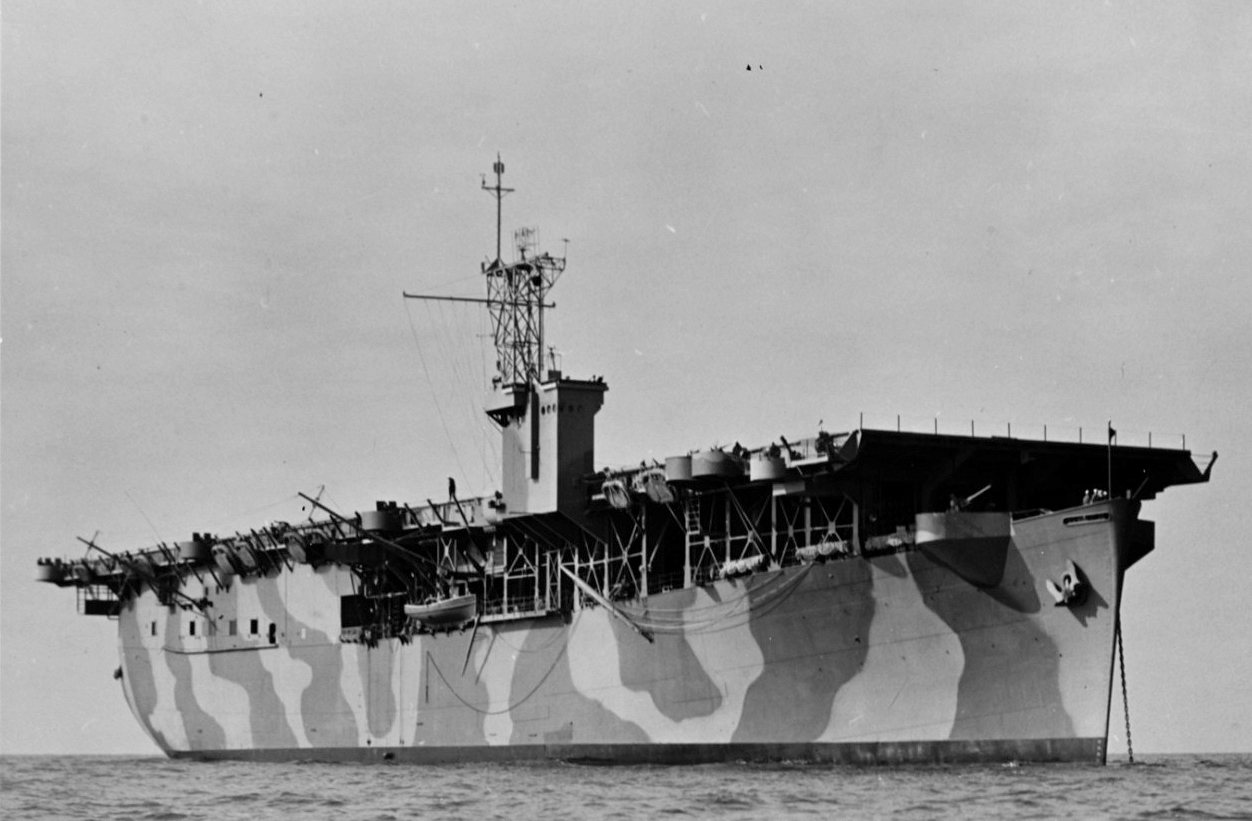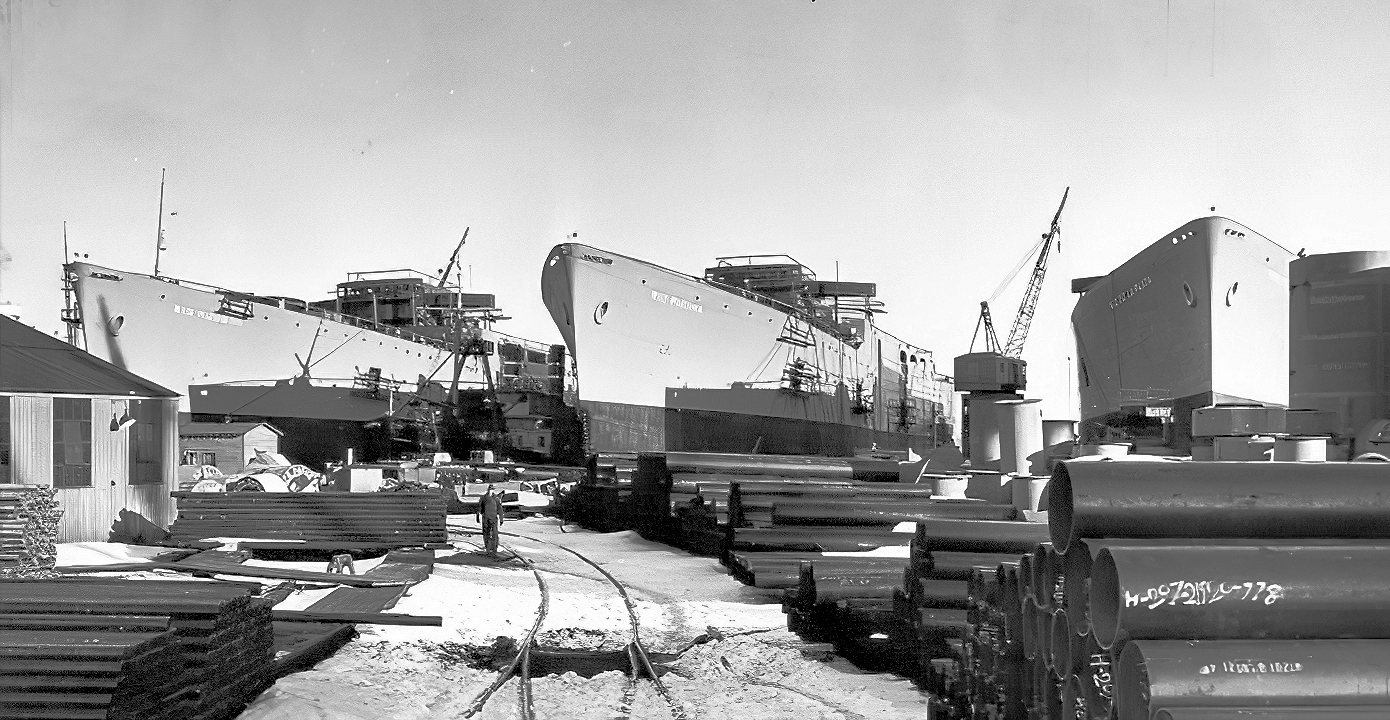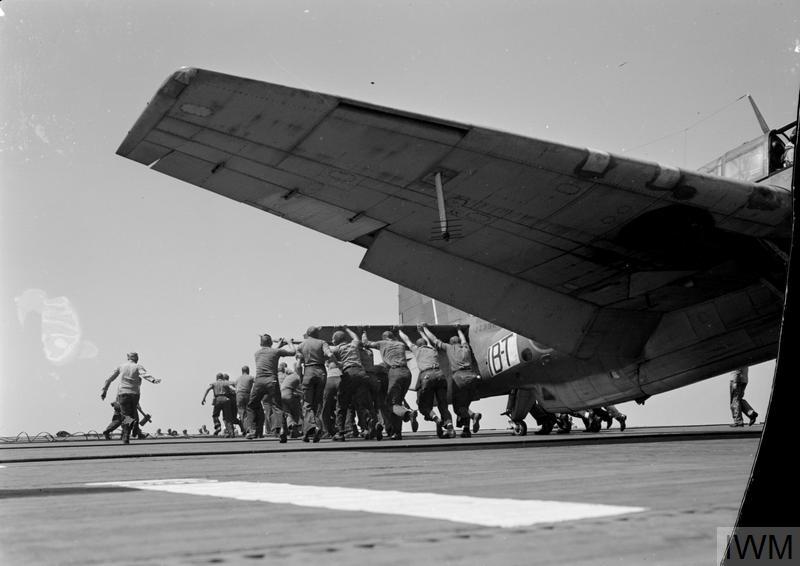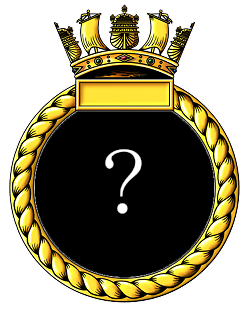A History of HMS/USS CHARGER
|
 |
Formerly BAVG 4 , the USS CHARGER in Chesapeake Bay
where she was to conduct deck landing training
operations to training US Navy and Fleet Air Arm
squadrons working up in the USA.. |
CHARGER was originally laid down at the yard of the Sun Shipbuilding & Dry Dock Company, Chester Pennsylvania, on March 14th 1940 as a 9,100 ton C3 type passenger-cargo vessel the RIO DE LA PLATA. She was Maritime Commission hull number 61, Sun number 188; One of four sister ships of the “Rio” class, RIO HUDSON, RIO PARANA, RIO DE LA PLATA, RIO DE JANEIRO ordered from the Sun Shipbuilding & Dry Dock Company for the US operator Moore-McCormack Lines to operate on the lines South American routes. The “Rio” ships had 17,500 tons loaded displacement, and loaded draft of 27 feet 4 inches. Each ship was designed to accommodate 196 passengers and have 440,000 bales cubic feet cargo space, including 40,000 cubic feet for refrigerated cargo.
The RIO DE LA PLATA was launched on March 1st 1941 and christened by her sponsor Madame Felipe Espil, wife of the Argentine Ambassador to the United States. All four “Rio” ships were to be purchased by the US Navy for conversion into a modified 'Long Island' class Auxiliary Aircraft Carrier for transfer to the United Kingdom on loan; RIO DE LA PLATA was requisitioned on May 20th 1941 while still fitting out, and was delivered 80% complete to the US Navy on October 2nd 1941 at the Newport News Shipbuilding and Drydock Company, Virginia to begin conversion.
|
 |
Three sisters: The Rio Hudson (HMS Avenger),
Rio Parana (HMS Biter), and Rio de la Plata
(HMS Charger) on the slips at the Sun Shipbuilding &
Drydock Co., Chester, PA, USA |
Conversion to a warship
Her conversion consisted of installing a lightweight wooden flight deck on a truss work superstructure which covered 70% of the ships' length, fitting a small enclosed hangar beneath the aft of the flight deck to be serviced by a single lift. Like her sister ship
BITER,
CHARGER was completed with a small island superstructure.
On October 2nd 1941 Lt. CDR (E) R. F. McArt RNR was present at the Newport News Shipbuilding and Drydock Company yard to act as the RN officer in Charge. Two days later on October 4th the ship was returned to US Navy charge after a decision had been taken for the US navy to retain her for service as a training carrier for both US Navy and Fleet Air Arm squadrons working up in the USA. She was reclassified from BAVG 4 to AVG 30 on 24 January 1942; she was the only BAVG to be reclassified to the US AVG designation.
On completion of her conversion she arrived at Norfolk Navy Yard under tow from the Newport News Shipbuilding and Drydock Company on March 2nd 1942 for alterations and
final fitting out. She commissioned into US Naval service the following day as the USS CHARGER.
|
 |
Avenger '1BT' of 738 Sqn, conducting Deck Landing Practice on the USS CHARGER in Chesapeake Bay, November 1944. TYhis is most likely the practice session for 850 Sqn pilots on November 9th using borrowed aircraft. Image: © IWM A 26718
|
The USS CHARGER operated off the East coast of the United states,. mainly in Chesapeake Bay, as a deck landing training carrier, and her services were used by many of the Fleet Air Arm squadrons that formed, and worked-up, at US Naval Air Stations on the US East coast. The last FAA aircraft to operate with her were the Corsairs of 1853 Sqn in June 1945, the last British squadron to be formed in the US during the War.
CHARGER continued service until March 15th 1946 when she was decommissioned. She was sold into merchant service January30th 1947 to the the Vlasov group for conversion into a passenger liner. Renamed the M.V. Fairsea for service as an migrant ship starting in 1949. Adter a major fire in 1969 she was sold for breaking at at La Spezia, Italy.
Content revised:
26 May 2022
Sources used in compiling this account:
Click here for a list of
Primary sources
Additional sources:
moore-mccormack.com
Cargo-Liner timeline
Fold3.com various documents including;
Admiralty War Diaries
Miscellaneous documents
|
Home
page |
go to the top |








Comments (1)